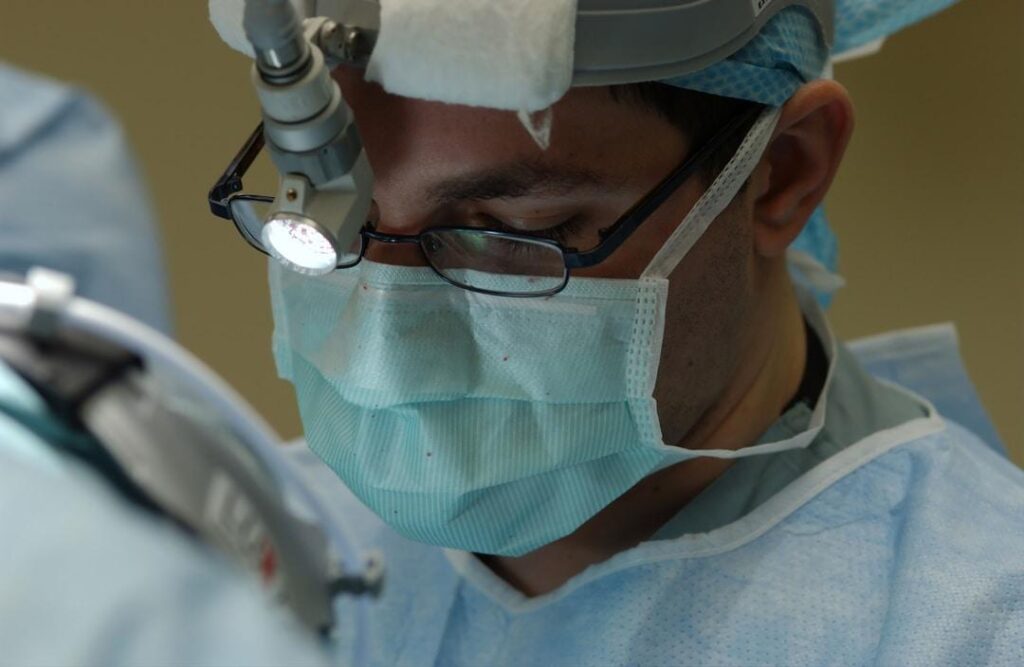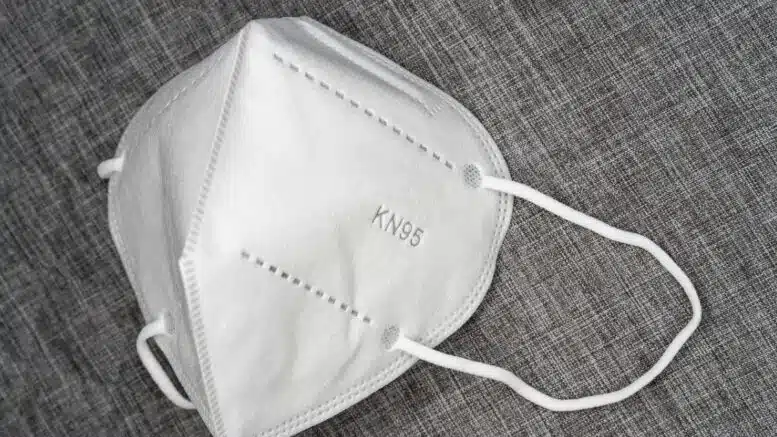Personal Protective Equipment (PPE) has become more important than ever, both in the workplace and during day-to-day life. However, not all PPE is created equally, and some pieces of equipment are only designed to tackle certain situations.
Understanding the differences in protection levels can be important, especially in a varied industrial workplace. But what do these levels actually mean?
Level 1: SICPs
SICPs are Standard Infection Control Precautions, things as masks and disposable gloves. These are important in many situations, and they’re also one of the most flexible, varied kinds of protection that you can get hold of.
While this level of PPE might be very simple, it can also be one of the most important, providing baseline protection in nearly never situation.
Level 2
Level 2 is split into three different types of PPE, all of which are geared towards different threats or problems.
Level 2: Contact
Contact precautions involve anything that can protect a person from unexpected contacts, such as disposable aprons or gowns that cover their existing clothes. In terms of masks, this can mean full-face visors and surgical face masks, as well as optional eye protection like goggles.
This level is often used in situations where there is a confirmed risk, meaning that there isn’t a known issue that needs to be protected against. Level 2 PPE is similar to level 1 but often stronger and more purpose-made.

Level 2: Droplet
Droplet PPE is meant to provide protection against droplets, which usually happens when multiple individuals are working close to one another. This can be important for droplet-based infections, but also provides good fluid protection in general, making it a good choice for liquid-focused work.
Like contact protection, this usually focuses on complete protection, although goggles and other forms of eye protection are no longer optional. Droplets can spread very easily, so full and consistent protection is extremely important
Level 2: Airborne
Airborne PPE protection is distinctly different from the other two since a simple face shield isn’t enough to manage it. Airborne protection usually requires full-face filtered masks and respirator hoods, equipment that can keep air filtered consistently.
You can see the difference between masks in the airborne category very easily – unlike contact or droplet protection, they often need to be completely sealed.
Level 3: Enhanced
Enhanced protection is meant for only the most extreme of situations, usually meaning Infectious Diseases of High Consequence or other major threats. This stage of PPE can mean multiple layers of protection, as well as enclosed boots and gloves underneath additional covers or protective materials.
Almost all protective clothing under this heading is reinforced, usually with additional materials that can completely seal out the danger. A lot of the gear is also designed to be disposable, allowing it to be completely destroyed in the event of the disease (or other threat) lingering on discarded equipment.
Conclusion
While not every piece of PPE equipment falls under a specific category, these are good heading to consider when looking into the kind of gear you might need. A standard surgical mask can still be valuable in level 3 situations, preventing blood splashes or fluid contact.
